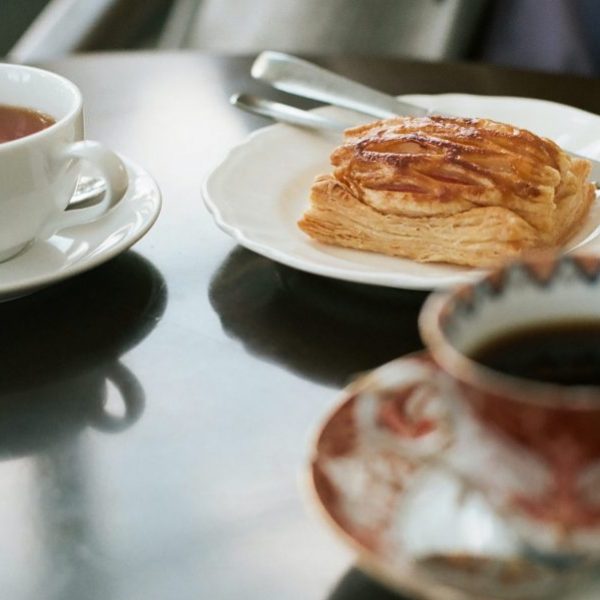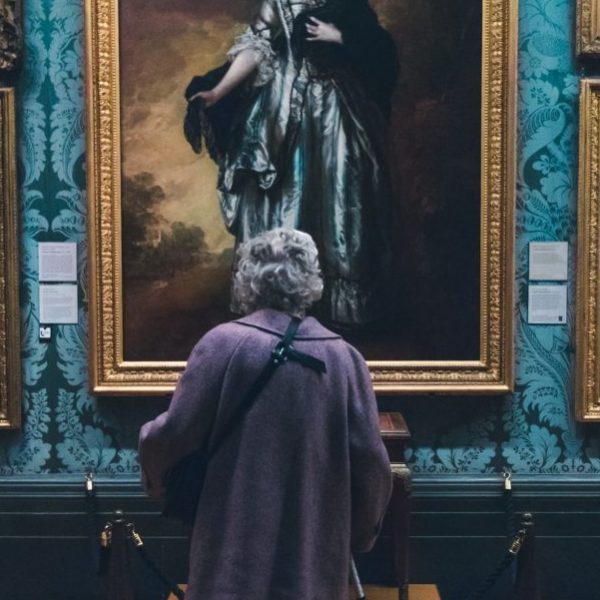Wunderkammer: a Cabinet of Curiosities
 Our just-released book Wunderkammer by Tod Williams and Billie Tsien is a gem. It’s a gem that is filled with gems. It is a gorgeously designed documentation of a project initiated by Williams and Tsien: they invited 42 celebrated architects and designers from around the world to create a personal “wunderkammer” – “wonder-room” or “cabinet of curiosities” – filling boxes with objects that inspire them. The boxes were collected in time to be displayed all together at the 2012 Venice Biennale in a venue called Casa Scaffali. We had the opportunity recently to ask Tod and Billie a few questions that had occurred to us as we looked, repeatedly, through this lovely book.
Our just-released book Wunderkammer by Tod Williams and Billie Tsien is a gem. It’s a gem that is filled with gems. It is a gorgeously designed documentation of a project initiated by Williams and Tsien: they invited 42 celebrated architects and designers from around the world to create a personal “wunderkammer” – “wonder-room” or “cabinet of curiosities” – filling boxes with objects that inspire them. The boxes were collected in time to be displayed all together at the 2012 Venice Biennale in a venue called Casa Scaffali. We had the opportunity recently to ask Tod and Billie a few questions that had occurred to us as we looked, repeatedly, through this lovely book.
1. You solicited boxes from your friends and colleagues. Given that you know everyone who participated, which projects were the most surprising to you?
BT: I was the most surprised by the box sent in by Kai Williams and Chen Chen. I had expected that we would find all manner of wonderful and mysterious objects when we opened the boxes, but I never expected to receive the big box back remade into a tiny box. Kai and Chen had taken the box we sent, disassembled it into pieces and used all of them to make a thick small box with an interior volume the size of a magic eight ball. The change of scale was shocking to me. Since Kai is our son, Tod felt that the whole thing had an Oedipal quality – but that is another story!
TW: I was astonished and humbled by each and every box. Having expected boxes filled to the brim but without organization, I was amazed by the commitment of those who chose to compose their own poetic biographies of resonance and beauty.
2. How much of your initial vision for this project was intact by the time the finished boxes were installed at the Casa Scaffali?
BT/TW: We imagined that everyone would fill their boxes with loose objects, and that we would display the objects respecting their owners’ logic for including them, but also using our own eyes and intuition in the arrangements.
Indeed, some like Jennifer Luce sent a box of incredibly beautiful objects she had collected. As we opened each small and exquisitely wrapped package, every object was more ravishing than the other. So putting these together was like playing with beauty. Others like WG Clark and Glenn Murcutt and Wendy Lewin sent things that were more curious than beautiful – things with meanings that could only be sketchily imagined like the maneki-neko figurine or a pair of golden dunce caps.
There were also quite a few who chose to control their display by creating a tableaux within the boxes. This was a surprise – because rather than weaving worlds together through objects, these kinds of boxes were worlds unto themselves. So unlike our original vision of a room full of things – Casa Scaffali was a room of singular but somehow parallel visions.
3. You note in the book’s introduction that you “wanted to see if there was a thread that united us through the objects we love.” What was the common ground in these projects?
BT/TW: The common ground was “touch.” Everything that was sent or made revealed the heart through the use of the hand.
4. How many of the participants travelled to the Biennale and saw the installation? What sort of feedback did you receive from them?
BT/TW: We aren’t sure how many were there. We guess that probably half visited the Biennale.
We had imagined that people would simply throw things that might be around them in their studios into the box. Many people said that they felt intimidated and that the boxes seemed huge when they arrived in their studios.
5. Is the process of collecting and exhibiting in this way worth repeating as an exercise for art, architecture, and design students?
BT/TW: If you are a student of art, architecture or design, then by definition you are a “thing” person. Objects have lives and they are talismans. Collecting and organizing these things help you to see what interests you – we all need them to clarify our own personal vision and remind ourselves of what we love.

























